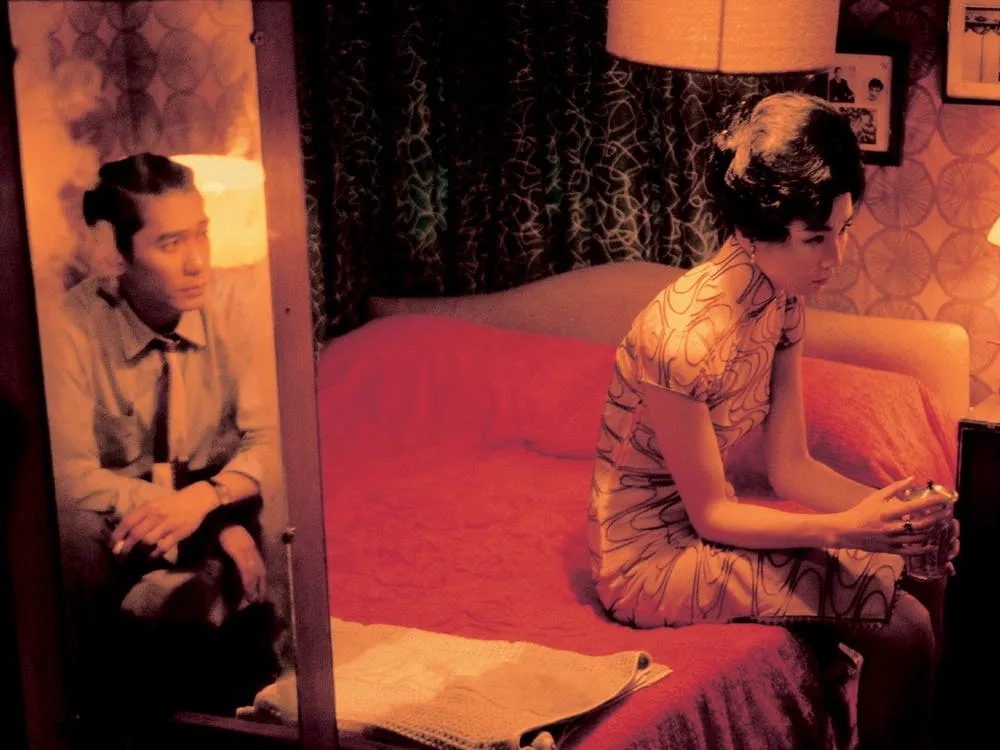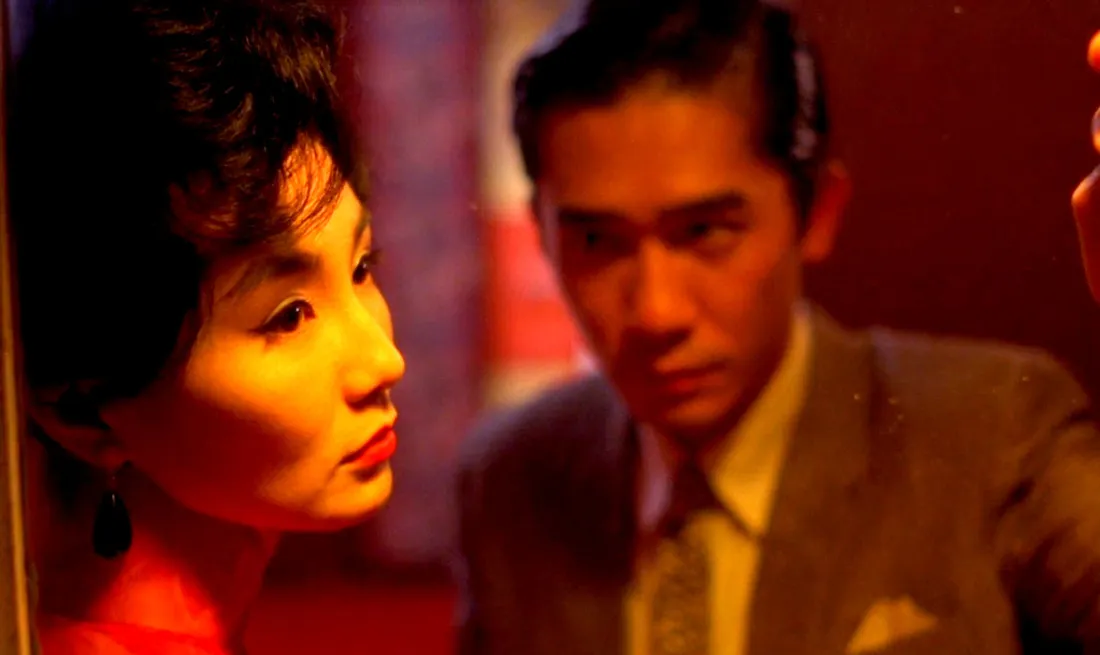
I’ve always considered people who give up the possibility of a life full of contentment for naught but silly reasons utterly and completely foolish. Then I have been there, in a similar position and I’ve made the same wrong decision everyone makes. I slipped. Like a newborn hippo on the muddy ground. Kinda poetic, isn’t it? It left me gasping for air until I forgot to breathe.
Then again, happiness and contentment aren’t always the same. There’s the state of being comfortable too. Should you choose life ladened with comfort beginning to end, over a tumultuous wave of happiness and the absence of it?
I don’t know. But I’ve pondered upon the question for a long time—since I had a messy breakup five years ago. Seeing In the mood for love (2000) brings back all those questions and the semi-forgotten ache.
The story is set in the ‘60s Hongkong. Two different people, Chow and Su rent adjacent apartments. They both are married. Chow's wife and Su’s husband both are busy people who aren’t often home. So each of them is alone in their apartments when their work shift is done. As they live next door, their paths intersect and at some point, they find out their spouses are having an affair with each other.
Chow and Su try to imagine how their spouses’ infidelity first started. They rehearse each scenario and try to confirm with each other whether it would be like that. Through their mutual betrayal and wretchedness, they find solidarity — a sense of friendship.
But perhaps, it was more than a friendship. Perhaps, the mood for love was there, just behind the blind alley, subdued.
In the Mood for Love is a film technically right. Some of the cuts are precise and transitioned in a way that feels organic. Effortless. Yet I know the meticulousness that went behind those shots.
The details of the composition and each frame are something to gawk at. Kar-wai uses the mirror to go back and forth to both of the main characters and show their innermost feelings. Their subdued longing that has been hidden away for the sake of pleasing surroundings is bared open through those pieces of mirrors. Truly aesthetic as far as art can go. It's a visual feast of delight!
Kar-wai fooled me several times and I couldn’t figure out whether Chow and Su were having a genuine conversation with each other or rehearsing something. As a result, some story points I thought were between them, turned out to be only rehearsed scenarios.
This storytelling technique can be wondrous for the viewer if they only wish to forgive the gimmicky side to it. Not all gimmicks lack grace, some shine with gentle light.
And even though their spouses are a very essential part of the story, not once Kar wai shows them. Very cleverly Kar-wai manages to establish their presence without ever pointing at them from a front-facing angle. I chuckled to myself with satisfying nods, yes, this is how you make cinema!
And that music! That beautiful heart-wrenching violin piece that strikes with spears of vulnerability! How it assailed poor me!
But I do not condone the way the film ended. Perhaps I’m still emotionally unwhole to force my desire on a path that suits me the most. Perhaps I’m simply that naive—and I’m not that much a cynic as @zayedsakib often tells me. Anyway, my views aren’t all that important.
In the mood for love is often hailed as one of the greatest films of all time and rightly so. It’s one of the films you put in “films to see before you die” lists.

About Me


Twitter - https://twitter.com/not_a_c1nephile
Youtube - https://www.youtube.com/channel/UCg3TwYk--HKIsRmnvhob1Mg


